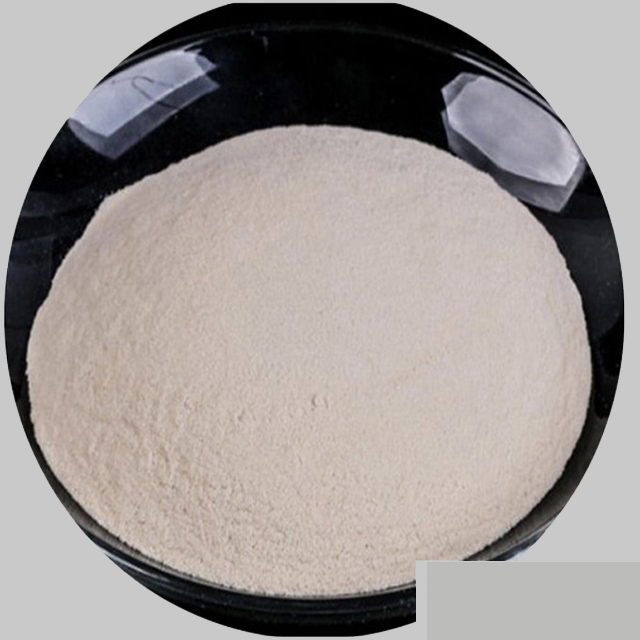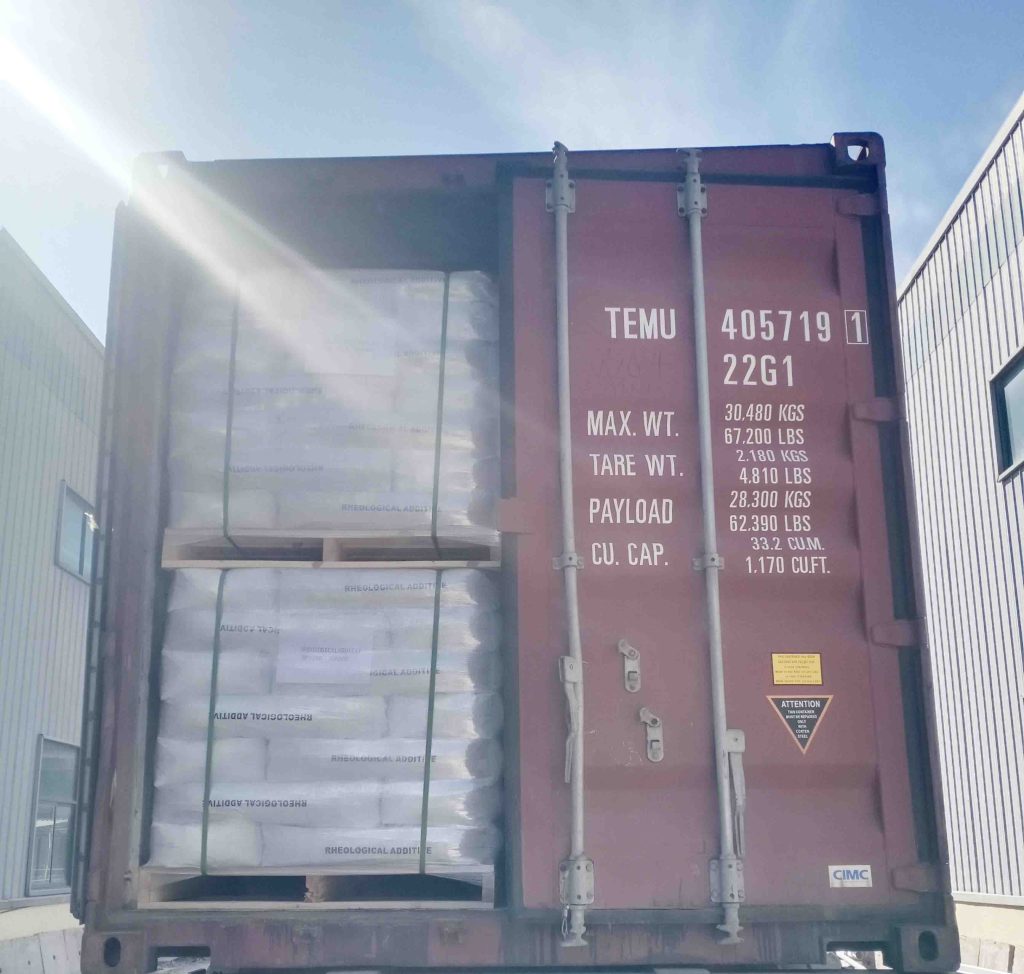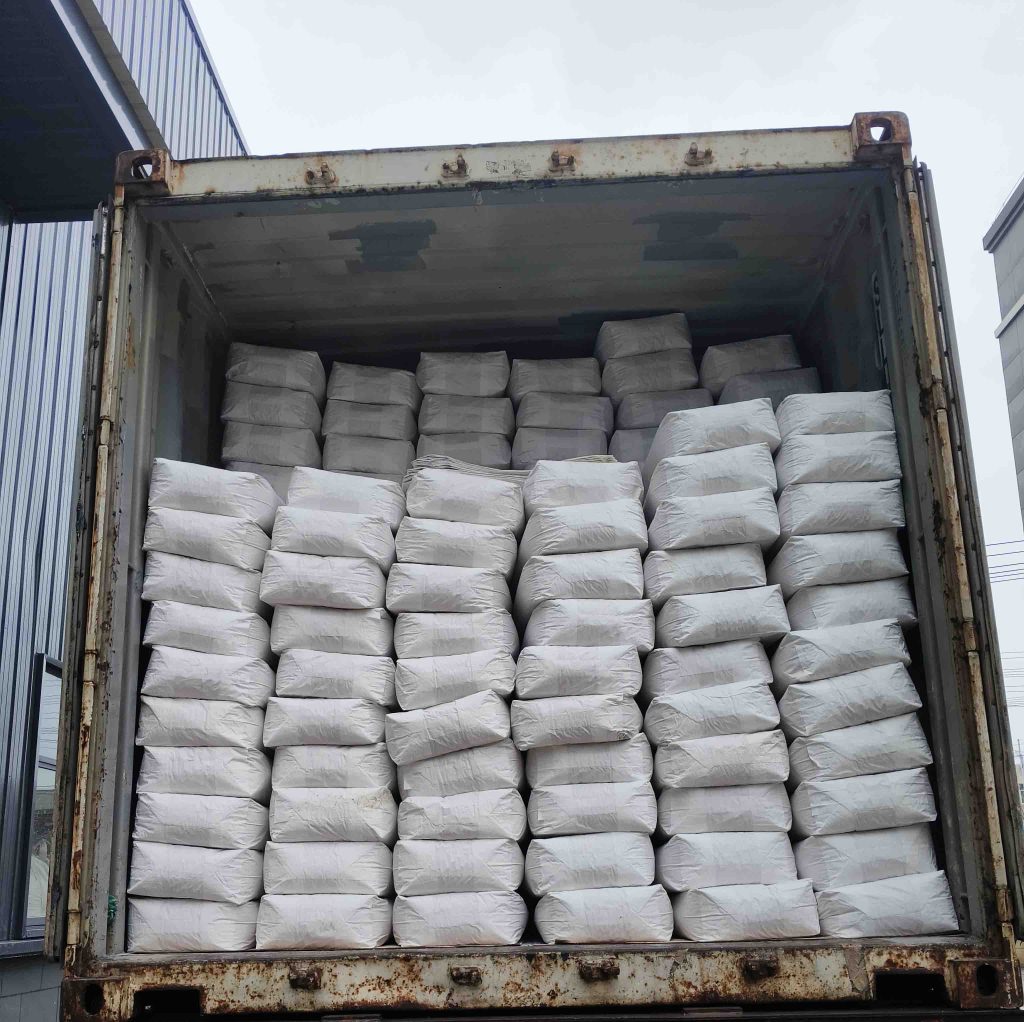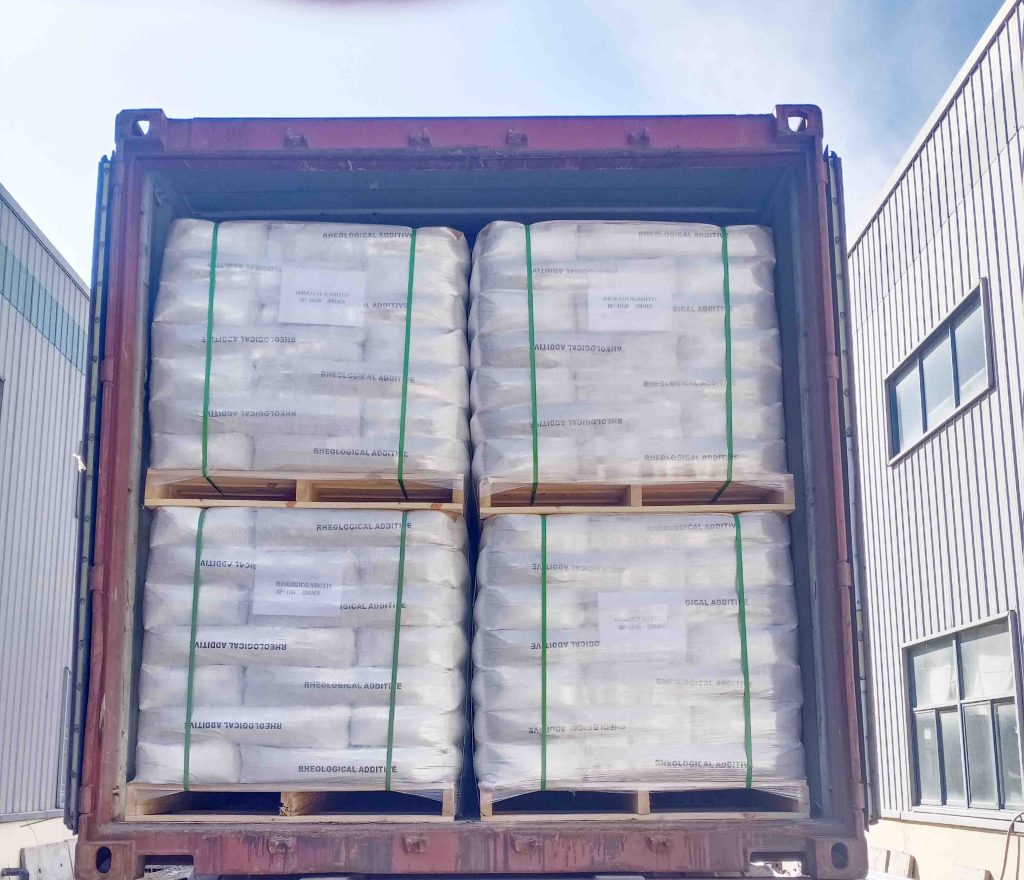Glass bead sizes : The basis for choosing the above different sizes of glass beads depends on what you are interested in in terms of surface roughness, type of material, and the thickness and shape of the item being treated. Fine glass beads treat surfaces with smoother results, while larger particles usually treat rougher surfaces.
These coarse, medium and fine glass beads can produce different results, mainly because their particle size is the biggest difference between them. Of course the size of glass beads is graded differently in different regions, for example in the United States and Europe, where the international standards are quite different.

What Are Bead Blasting’s Applications?
| Aerospace industry | Remove rust and paint from mechanical components to remove knife marks. |
| Remove scratches on the rubber | Reflective paint for roads |
| Scratch treatment on the surface of stainless steel. | |
| Foundry industry; | Pre processing in the electroplating industry. |
| Semiconductor Industry | Crafts for exterior decoration |
glass bead sizes
Glass bead sizes
Glass beads are a material and abrasive used for sandblasting or surface preparation, and they are available in sizes ranging from fine to large.
Different sizes are used for different applications and finishes. The following is a list of common size ranges of glass beads:
1. For fine surface finishes, we recommend very fine glass beads.
l 0.1 mm
– 0.2 mm
– 0.3 mm
– 0.5 mm
2. Fine (for medium surfaces): The following sizes of glass beads are usually chosen if you have fine surface requirements. It is particularly suitable for surfaces with high demands on surface finish.
– 0.6 mm
– 0.8 mm
– 1.0 mm
3. Medium (for standard surface preparation): Medium size glass beads are more suitable for removing medium thickness of surface stains, coatings, dirt, etc. in sand blasting operations.
– 1.5 mm
– 2.0 mm
– 2.5 mm
4. Larger (for material removal or coarse surface preparation): Larger size glass beads are and are used for some heavy duty blasting operations. It is more suitable for the treatment of larger surface defects, especially for large surface rust stains.
– 3.0 mm
– 4.0mm
– 5.0mm
– The above is our division of glass beads of different particle sizes, we can also divide them according to the mesh number. For example, 0.8mm is equal to 800 mesh, 2.5mm is equal to 2500 mesh, 0.1mm is equal to 100 mesh and so on.
Size of glass beads for blasting
Model of Bead blasting glass | Sieve Size (mesh) | Particle Size Range(μm) glass bead sizes |
WSL17L# | 20~40 | 425 ~ 850 |
WSL 18L# | 30~40 | 425 ~ 600 |
WSL 19L# | 40~60 | 300 ~ 425 |
WSL 20L# | 60~100 | 150 ~ 300 |
WSL 21L# | 70~140 | 106 ~ 212 |
WSL 22L# | 100~140 | 106 ~ 150 |
WSL 23L# | 100~200 | 75 ~ 150 |
WSL 24L# | 140~200 | 75 ~ 106 |
WSL 25L# | 140~270 | 53 ~ 106 |
WSL 26L# | 200~325 | 45 ~ 75 |
Glass bead sizes :
Specification of Bead blasting glass
| Specific gravity | 2.4-2.6 g/m3 |
| Stacking density | 1.5g/cm3 |
| Type | Blasting / Shot Peening Media |
| Spherical | |
| Rockwell hardness: | 46HRC |
| Mohs | 6-7 |
| Round rate | 80% |
| Melting point | 710-730 ℃ |
| Index of refraction | 1.5—1.6 |
Glass bead sizes :
The size of glass beads for sandblasting is usually in the range of 100 to 300 microns (μm).
The largest sizes of glass beads can be used for sandblasting large areas and for removing burrs and welds from large metals.
Ultimately, the shape and quality of the glass beads will affect the effectiveness of the surface treatment, so we need to consider these factors when choosing glass-based.


